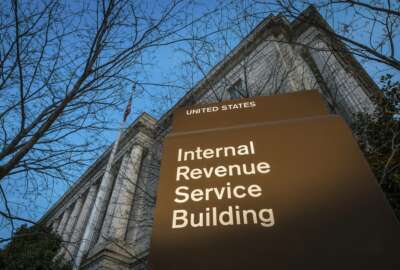
Nostradamus and your TSP?
What do you think you would have done had your crystal ball been working a year ago? Better yet, what will you do the next time?
If Nostradamus, the famed French forecaster, were alive today and working for a branch of the federal government, would he be one of the 75,000 civil servants with more than $1 million in their Thrift Savings Accounts?
For that matter, what about you? How are you doing building your retirement nest egg? Consider this:
Suppose this time last year a very smart person you know and respect — with excellent in-house sources — told you that a pandemic was coming. A world-wide scourge. A killer like the 1918 epidemic but moving even faster was heading your way. What if they could almost guarantee that thousands of stores and restaurants would close, and some go out of business forever? That tax revenues world wide would dry up. That hospitals would soon be overflowing and that in many places — from funeral homes to medical facilities and military bases — refrigerated trucks would be filled with dead bodies. That millions would be out work and kids would be home-schooled around the world. And that almost every country in the world — and almost every state in our union — would go by different rules. And that face masks would become a symbol for some. That half a million Americans would be dead in a period of months.
Or that politicians — who were first on the list to get the COVID-19 shots — would bobble the issue of schools, safety, masks and distribution making it different (and all the more confusing) on a county-by-county basis. Then fail to deliver the shots.
And suppose you were a federal worker (or retiree) counting on your Thrift Savings Plan to grow and supply one-third or up to half of your total income in retirement. A retirement that could easily last 20, 30, even 40 years. And that TSP account was primarily in the stock market. In the C, S or I funds. And a TSP that wouldn’t lose value over time because of higher taxes and living costs. A lot to think about.
And you were aware then that the record long bull market had already run for more than a decade, even though a correction of 30% or more was long overdue.
What would you do?
In many cases TSP investors would have fled to the super-safe Treasury securities fund, the G-fund. Even if it paid little or nothing, the G-fund wouldn’t go down. Which is what counts, right?
Which is why those of us with 401k plans (including many for whom it will be their only retirement income other than Social Security) didn’t know there would be a worldwide pandemic. Or that after a brief retreat, the stock market would continue to grow with the C and S stock funds posting double digit returns interrupted only briefly by the shortest bear market down turn in history. Who knew?
Had we known what was coming, many if not most of us would have panicked. Including moving our TSP account, which might be in a Lifecycle fund or heavy in stocks, into the G-fund. Even though it had the lowest returns, even lower than the F-fund (bonds), which has beaten the G fund for the last 1, 3, 5, 10 and 15 year periods.
The what-would-you-have-done issue came up last week when I talked with Arthur Stein on Your Turn. He pointed out that investing is a test of endurance. It is not a matter of getting out when the market is high and going back when it recovers. Which few do. Given the historical record of the stock market, what people need to do is invest prudently and wait. And not to confuse safety — as in the never-has-a-bad-day G fund — with the danger of losing buying power over time because of taxes and inflation.
So what do you think you would have done had your crystal ball been working a year ago? Better yet, what will you do the next time?
Nearly Useless Factoid
By Alazar Moges
George Washington’s Birthday is celebrated as a federal holiday on the third Monday in February. Although Washington was born on February 11, 1731 according to the then-used Julian calendar, in 1752, Britain and all its colonies adopted the Gregorian calendar which moved Washington’s birthday a year and 11 days to February 22, 1732.
Source: National Archives
Copyright © 2025 Federal News Network. All rights reserved. This website is not intended for users located within the European Economic Area.
Mike Causey is senior correspondent for Federal News Network and writes his daily Federal Report column on federal employees’ pay, benefits and retirement.
Follow @mcauseyWFED
Related Stories





